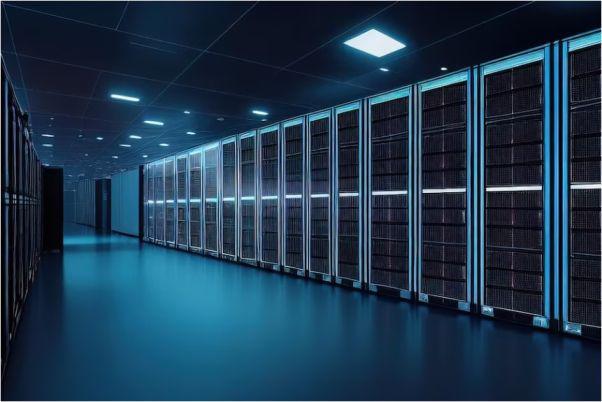Computer architecture refers to the design and organization of a computer’s hardware components, including the CPU, memory, input/output devices, and other peripherals. The field of computer architecture is constantly evolving, with new technologies and techniques being developed to improve the efficiency and performance of computer systems. In this essay, we will explore some of the key concepts and trends in computer architecture, including the design of efficient systems, the role of parallel processing, and the impact of emerging technologies.
Designing Efficient Systems
One of the primary goals of computer architecture is to design systems that are efficient, both in terms of performance and power consumption. Efficient systems are essential for a wide range of applications, from mobile devices to data centers, where power consumption and heat dissipation can be major concerns.
To achieve efficiency, computer architects use a variety of techniques, such as:
1. Instruction-level parallelism: This technique involves executing multiple instructions simultaneously, using multiple execution units within the CPU. By exploiting the inherent parallelism in many instructions, computer architects can significantly improve performance while keeping power consumption low.
2. Data-level parallelism: This technique involves processing large amounts of data in parallel, using specialized hardware such as GPUs or FPGAs. By parallelizing the data processing, computer architects can achieve high performance while reducing the power consumption per operation.
3. Pipelining: This technique involves breaking down instructions into smaller stages, each of which can be executed in parallel. By pipelining instructions, computer architects can improve performance while reducing the power consumption per instruction.
4. Cache memory: This technique involves using small, fast memory caches to store frequently accessed data. By reducing the number of memory accesses required, computer architects can improve performance while reducing power consumption.
The Role of Parallel Processing
Parallel processing is a key concept in computer architecture, as it allows computer systems to perform multiple tasks simultaneously. Parallel processing can be achieved using a variety of techniques, including:
1. Multi-core processors: These processors contain multiple CPU cores, each of which can execute instructions independently. By using multiple cores, computer architects can achieve high performance while reducing power consumption per core.
2. GPUs: GPUs (Graphics Processing Units) are specialized hardware designed for parallel processing. They contain hundreds or thousands of execution units, which can be used to perform complex computations in parallel.
3. FPGAs: FPGAs (Field-Programmable Gate Arrays) are reconfigurable hardware that can be programmed to perform specific tasks. They are often used in high-performance computing applications, where parallel processing is required.
4. Distributed computing: This technique involves distributing computing tasks across multiple machines, which can be connected using networks or other interconnects. By distributing tasks across multiple machines, computer architects can achieve high performance while reducing power consumption per machine.
Emerging Technologies
In recent years, there have been several emerging technologies that are transforming the field of computer architecture. Some of these technologies include:
1. Artificial intelligence (AI): AI is a rapidly growing field that is revolutionizing many areas of computer science. In computer architecture, AI is being used to optimize system design, improve performance, and reduce power consumption.
2. Machine learning (ML): ML is a subset of AI that involves training machines to learn from data. In computer architecture, ML is being used to optimize system design, improve performance, and reduce power consumption.
3. Quantum computing: Quantum computing is a new form of computing that uses quantum-mechanical phenomena to perform computations. It has the potential to solve complex problems that are currently unsolvable using classical computers.
4. 3D stacked memory: This technology involves stacking memory layers on top of each other, reducing the size of memory modules and improving performance.
5. Photonic interconnects: These interconnects use light to transfer data between components, reducing power consumption and improving performance.
Computer architecture is a rapidly evolving field, with new technologies and techniques being developed all the time. The design of efficient systems is a primary goal of computer architecture, and it is achieved using a variety of techniques, such as instruction-level parallelism, data-level parallelism, pipelining, and cache memory. Parallel processing is also a key concept in computer architecture, and it is achieved using techniques such as multi-core processors, GPUs, FPGAs, and distributed computing. Emerging technologies such as AI, ML, quantum computing, 3D stacked memory, and photonic interconnects are transforming the field of computer architecture, and they have the potential to revolutionize the way we design and build computer systems. As computer architecture continues to evolve, we can expect to see even more efficient and powerful systems in the future.




